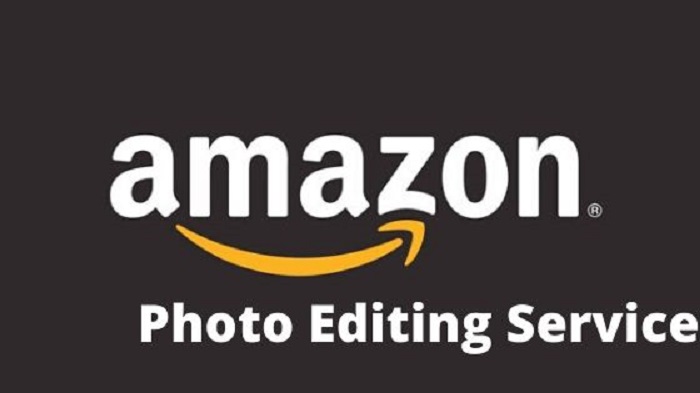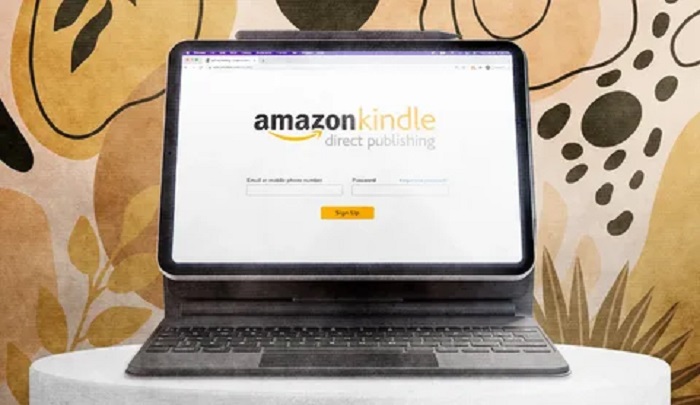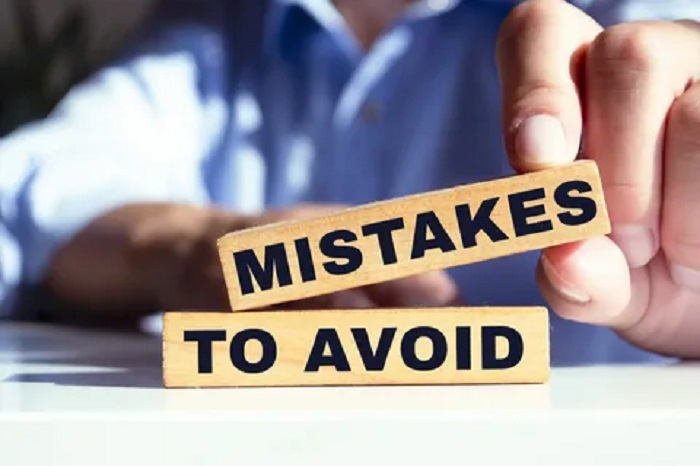Self-publishing is now very common. Many authors add books to Amazon every day. But readers expect clean and clear writing. If your book has grammar mistakes or layout problems, they may stop reading. Some leave bad reviews or ask for refunds. If this happens a lot, Amazon may stop showing your book in search results. This is why editing matters. It helps fix problems before people see the book. A well-edited book is smoother to read and feels finished. In 2025, that really matters. Readers expect clean writing that’s easy to follow and free from simple mistakes. Editing is not extra. It is part of the process if you want your book to do well.
In this guide, you’ll learn about the best KDP editing services made for Amazon self-publishers. You’ll also find out what types of editing exist—and which ones you need. Not every book needs every kind of edit, and we’ll explain how to choose wisely. You’ll also learn how to compare editing services, pick the right one for your book, and make sure they’re legit. If you’ve ever searched things like “book editing services Amazon” or “edit my self-published book,” this blog is for you. We’ll keep everything simple and easy to understand—no fancy terms or confusing explanations.
Skipping Professional Editing Altogether
Some authors think editing can wait. Others skip it completely to save money. But that’s a big mistake. Kindle editing services affect your reviews, your returns, and how people see you as a writer. Bad editing stands out fast.Readers often leave bad reviews if they find mistakes. When you publish on Amazon, you’re asking strangers to pay, so your book must feel ready. Those readers expect it to feel professional.If your book feels messy they may stop reading and not come back. That is why good editing is not just helpful but necessary. It protects your reputation and, for faith-based authors, works well alongside Christian book marketing services.
There are four main types of editing. Developmental editing is the big-picture work. It looks at structure, pacing, and plot problems. This edit is great for early drafts. Line editing focuses on sentence flow and voice.Copy editing fixes grammar, punctuation, and keeps everything clear and consistent. Proofreading is the final step. It catches small mistakes like typos or spacing problems. These two steps help your book feel clean and ready. If you can’t afford both, choose one. Skipping editing makes your book look unprofessional and can lead to bad reviews or poor sales.
Choosing the Wrong Editor or Service
Every book is different, and so is every editor. A fantasy story needs different care than a romance or nonfiction book. If your editor doesn’t understand your genre, they might miss important details or change the flow of your story. Some editors also don’t know how Amazon works. Without KDP experience, they can cause delays or formatting problems that affect your book launch. Make sure your Amazon KDP editor knows what’s expected in self-publishing, especially for niche genres like children’s book marketing services.
A good editor should show you their work. Ask for a sample edit or a portfolio of past projects. Look for someone with KDP experience, especially if you’re publishing on Amazon. Reviews and client feedback also matter. See what other writers say first. Sites like Reedsy and BookBaby help you find editors by genre, price, and experience. You can compare options and talk to them before you decide. Choose someone who listens to your voice but still helps make your book better.
Top Editing Services for Amazon Self-Publishers (2025 Edition)

A good editor can help your book avoid bad reviews and do well on Amazon. With so many choices out there, it helps to stick to trusted ones. Below are five top Kindle editing services for 2025. Each one offers different prices, timelines, and editing help based on what you need.
Reedsy
Reedsy is a trusted platform full of experienced Amazon book editors. You can search by genre, budget, and editing type. Reedsy vets its professionals, so you’re not just hiring anyone. They offer contracts, milestone payments, and private messaging. It’s simple, secure, and made for authors who want reliable support.
Scribendi
Scribendi is known for its quick and clean editing services. It’s especially strong in copyediting and proofreading. If you need your manuscript back fast but still want quality, this platform is a great option. Pricing is fair, and the service is efficient.
BookBaby Editing Services
BookBaby offers full editing packages along with design and formatting help. If you want everything in one place—editing, covers, and publishing help—BookBaby makes things easy. It’s not the cheapest option, but it’s very thorough and helpful for first-time authors.
Kirkus Editorial
Kirkus is a high-end choice for editing. Their Amazon KDP editors come from traditional publishing backgrounds and are known for their detailed work. If you want premium editing and don’t mind paying extra, Kirkus is one of the best options available.
Fiverr Pro or Upwork
These platforms let you find freelance editors at different price points. Look for Fiverr Pro badges or top-rated Upwork profiles. Always ask for samples and check reviews. Some freelancers have real experience with Amazon formatting and editing, but others might not—so vet carefully. You can make a simple chart to compare options: cost, delivery time, editor skill, platform rating, and support.
How to Vet and Select the Right Editing Service
Start by choosing the type of editing your book needs, then set a clear budget.Choose 2–3 Amazon book editors or services to compare and ask for sample edits if possible. Check their timelines—some editors book weeks in advance, while others are more flexible. Review their experience with Amazon KDP and see if they’ve edited books similar to yours. If you’re making a journal or workbook, choose someone who knows editing and how to market low content books. Use tools like Google Docs or Grammarly to review their changes clearly. Go with the editor who strengthens your book without changing your voice.
Red Flags to Avoid
If an editor promises to return your book in 24 hours without asking anything about it—that’s a red flag. Real editing takes time. Also, avoid KDP editing services without contracts or revision policies. Lastly, be cautious of very cheap editors. If they charge far below normal rates, the work might be rushed or of low quality.
Editing with Amazon KDP Requirements in Mind

Small mistakes like typos or grammar slips might seem small at first, but readers catch them quickly. When that happens, bad reviews follow. Amazon pays attention to this. If complaints build up, your book can lose visibility or even trigger a Kindle Quality Notice. Another issue is formatting—if your Kindle and print versions don’t match well, it creates a poor reading experience. These little problems add up fast and can seriously affect how your book performs.
This also affects authors in Kindle Unlimited. If your book isn’t well edited, readers might stop halfway, and you’ll end up earning less. Good editing isn’t just about fixing mistakes. It plays a big role in your eBook marketing services by keeping readers interested and helping your book get better reviews. Always go through Amazon’s Content Guidelines. Open your book in Kindle Previewer to check how it looks on phones, tablets, and Kindle before publishing.
Marketing Your Edited Book More Effectively
Books that read well sell better. A solid edit makes your book easier to enjoy, which leads to more good reviews. Positive reviews, in turn, boost visibility. A clean sample in the “Look Inside” section can convince readers to buy instantly. KDP editing services also help build your brand. When readers know your work is polished, they trust you more—and are more likely to buy from you again.
Let readers know your book was professionally edited. Add that detail to your Amazon description or back cover. If reviews mention writing quality, quote them. Post edited chapters on your site or blog. Promote your polished book through focused book marketing campaigns, using platforms like BookBub, Goodreads, and Written Word Media. If allowed, share your editor’s name or comments as proof of quality.
Budgeting for Editing – What Should You Expect to Pay?
Kindle editing prices vary, but knowing what to expect helps you plan. Costs depend on the editor’s background, the kind of editing you need, and how long your book is. Here’s what most authors can expect to pay:
- Developmental editing: $0.06 to $0.10 per word
- Line editing: $0.03 to $0.06 per word
- Copyediting: $0.02 to $0.05 per word
- Proofreading: $0.01 to $0.03 per word
These are just average ranges. Some Amazon KDP editors charge more based on turnaround time or book type. To manage costs, break your editing into stages. Start with developmental editing first, then move to copyediting or proofreading. This keeps the cost manageable while keeping quality high. If you’re writing a series, ask if editors offer discounts or bonuses. Always get quotes from a few editors and compare what they include—some give extra help like formatting checks or quick calls. Prices can also change with book marketing trends, so staying updated helps you plan better and avoid surprises.
Common Editing Mistakes to Avoid

Even great stories can fall flat if simple editing mistakes slip through. Fixing them early saves time, cuts extra costs, and helps your book look more professional and trustworthy to readers.
1. Relying on Editing Tools
Tools like Grammarly catch grammar and spelling mistakes, but they miss tone, character issues, and story flow. Amazon book editors know your genre and readers, so they guide your book better. Trust real feedback over just automated suggestions or red underlines.
2. Editing After Final Formatting
Editing after formatting creates more problems. If you edit after designing, you’ll need to redo the layout, fix spacing, and adjust for print or Kindle again. It’s easier and cheaper to finish all editing before any formatting begins.
3. Ignoring Genre Expectations
Every genre has its flow and tone. Romance, sci-fi, or memoir readers expect specific things. Use book marketing strategies to align your edits with what readers already search for and expect.
Integrating Editing into a Full Publishing Workflow
To save time and avoid doing things twice, follow a simple editing order. Start with self-editing. Read your draft and fix anything that sounds off, feels too long, or doesn’t clearly say what you mean. Once your draft feels cleaner, move to developmental editing. This step helps fix structure, pacing, and chapter flow.
Next comes line or copy editing. Line editing improves how your sentences sound. Copy editing fixes grammar, punctuation, and consistency. Choose it based on your budget and how clean your draft is. After that, do a final proofreading check for typos or layout errors. Once editing is done, format the book and upload it to Amazon using Kindle Direct Publishing (KDP). This simple order keeps things clean and on track.
To keep everything organized, explore the best book marketing tools to support your process. Scrivener helps you outline and draft. Trello or Notion lets you track progress. Google Drive works for file sharing, and Todoist helps with scheduling, editing, and launch steps.
Conclusion
Editing isn’t just about fixing grammar—it’s about making your book feel clear, smooth, and ready for real readers. A solid edit makes your writing stronger and helps your book stand out in a crowded market. It builds trust, brings in better reviews, and gives your work a professional edge. Choose an editor who understands your genre and takes time to match your goals. Don’t rush it or cut corners. Use reliable platforms to find the right Amazon book editor. You don’t need a big publisher to put out a book that feels polished. Good editing makes sure your message is easy to follow and worth reading. In the end, strong editing is what helps your story actually connect.
Frequently Asked Questions
High-quality editing ensures your book is error-free, engaging, and professional, increasing reader satisfaction, improving reviews, and boosting sales potential on Amazon.
Common editing types include:
Developmental Editing (structure and content)
Line Editing (style and readability)
Copyediting (grammar and word choice)
Proofreading (final error check)
Editing timelines depend on book length and service type. On average, 2–6 weeks is standard, with developmental edits taking longer than basic proofreading.
Yes. Options include freelancers on platforms like Reedsy, Fiverr, or Upwork, as well as editing software like Grammarly or ProWritingAid for basic checks (though these are not a replacement for professional editing).





